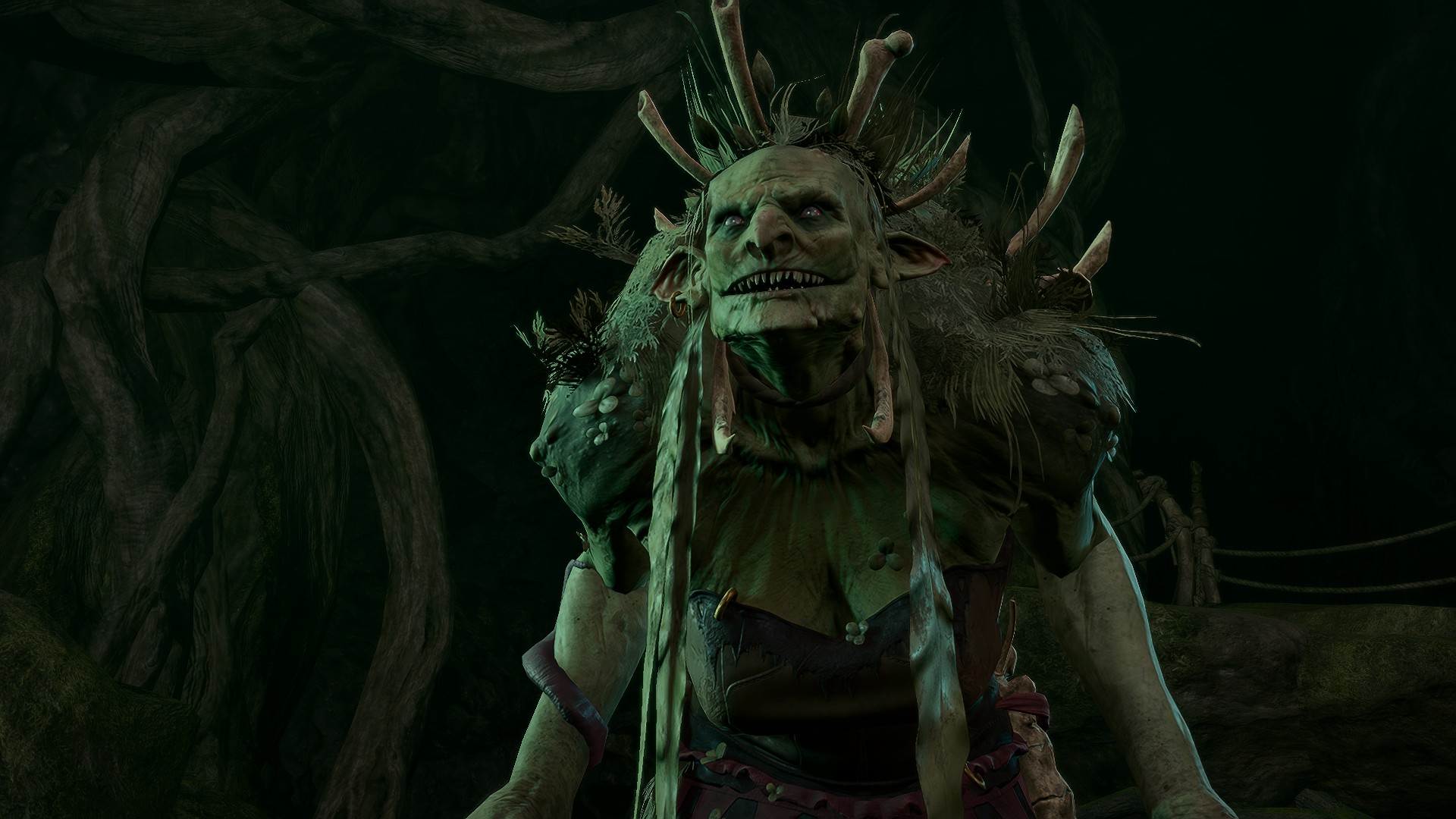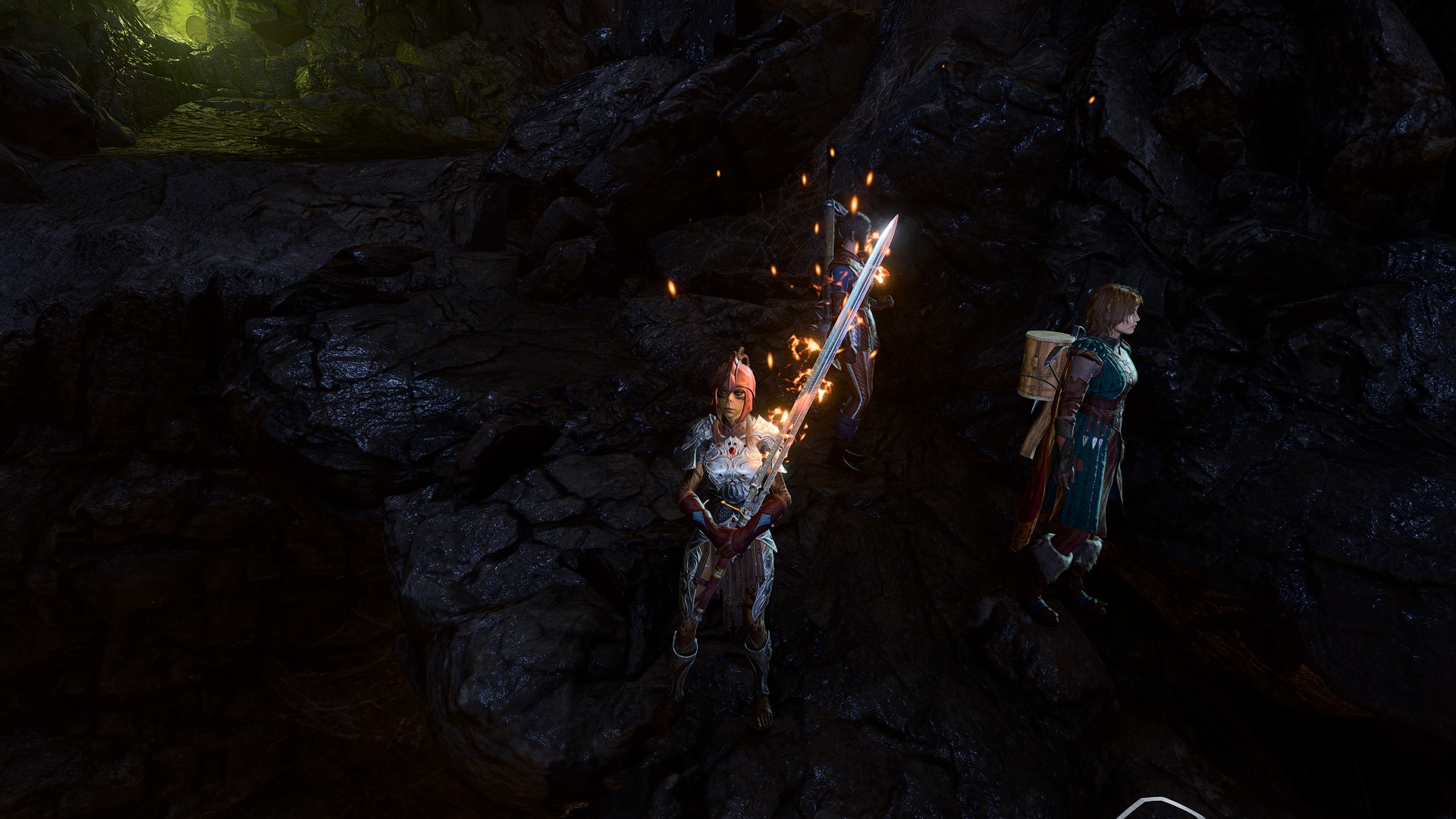
Dungeons & Dragons 5th edition has plenty of written rules—but it's got its fair share of unwritten ones, too. These days, there are tabletop taboos that are simply not broken in polite company. The thing is, Baldur's Gate 3 breaks pretty much all of them.
It goes without saying that BG3 is an exceptional RPG, and for my money the best adaptation yet of D&D to the digital realm. But there's definitely some friction between Larian's well-honed approach to RPG design, and what a 5e player might expect. There are moments that make it feel like I'm playing with the kind of unhinged DM I'd be very wary of at a real table.
Take the traps, for example. In the early history of D&D, absurdly lethal traps were a staple—at some tables, you'd keep a stack of spare characters next to you, ready to swap in when you pressed the wrong button or opened the wrong door. The modern game, however, with its focus on building characters and story-driven adventure, strongly discourages dropping such deadly dangers on your party.
That hasn't dissuaded Larian, however. Traps in BG3 instead carry on the approach of the Divinity: Original Sin games—that is, a lot of rooms primed to explode the moment you put a foot wrong. Exploring my first BG3 dungeon—a modest temple clearly intended to be stumbled on very early in your journey—I open a coffin sure to be full of tasty loot and instantly there's oil around my feet and flaming arrows flying from every direction. In the context of the kind of games Larian makes, it makes sense—I reload my game, and get to work figuring out how I can use the many tools at my disposal to get around this lethal puzzle. But I'm struck by how distant such a moment feels from any that Wizards of the Coast would include in a modern D&D campaign book.
Even getting to that trap required fighting an overwhelming group of bandits—flying in the face of modern D&D sensibilities about encounter balance. Cheesing my way through it meant exploiting the game's surfaces and elemental effects (such as making water pools and then conducting lightning through them), themselves the kind of additions that would be seen as ill-advised house rules at most tables. And if I ever met a real-life DM who pulled out a custom set of fall damage rules that enabled a wildshaped Druid to dive bomb the enemy for over 1000 damage, I'd certainly raise an eyebrow.

Your reward for braving all these dangers is more often than not a stash of overpowered magic items. 5th edition is deliberately light on magical treasure, with the goal of making characters more self-sufficient instead so that they're less at the mercy of loot drops (where in 3.5, you needed to get certain items by certain levels just to keep up with the power curve). Typically, they're not only rare to find, they can't be bought from merchants either. After a year-long playthrough of the Descent Into Avernus campaign (intended as a prequel to BG3), my level 13 Warlock ended up with only an enchanted shield (a macguffin granted by the main plot) and a charm of Restoration. Baldur's Gate 3… has a different approach.
Walking out of the game's tutorial level with a flaming greatsword turned out to be only the beginning. Not only is it trivial to kit your whole party out with shiny magic weapons and armour within the first few hours, you frequently pick up items that could derail entire tabletop campaigns. An amulet you can get at level 2 that lets you cast Speak With Dead infinitely, letting you chat to every corpse you ever find (or make)? Brilliant for a big, weird digital sandbox designed to be poked and prodded at; nightmarish for a pen-and-paper adventure, where it would threaten to unravel every mystery and turn each session into four hours of grave-digging and interrogation.

But it's far from just a difference of approach to balance. You won't find many tables with Baldur's Gate 3's frank and pretty full-on approach to flirting and sex, for example—most players of any role-playing game avoid that subject matter out of pure embarrassment, and it's particularly rare in official Wizards of the Coast material. Similarly, it's common DM advice these days to tread very carefully when using any elements that could tread on player agency; meanwhile, BG3 merrily sticks a deadly psychic larvae in your head that can command you to do its bidding at key moments, and that's without even getting into the Dark Urge origin.
What's interesting to me is that Baldur's Gate 3 is in many ways extremely faithful to D&D 5e as a system—and to the spirit of free-wheeling tabletop play—but at the same time it's very much its own interpretation of the game, with a style that would actually be at odds with how the majority of the community plays, if it existed in written form. Partly that is just because it's a videogame rather than a book, but there is more to it than that. It's clear that there are things Larian is simply more interested in than Wizards of the Coast—things like giving players shocking surprises in play, and encouraging creative, strange solutions to seemingly impossible problems.
That it works so well regardless is, obviously, an indicator that no matter how close they may drift together, tabletop RPGs and videogame RPGs are still fundamentally different beasts. But I think Larian finding their own way that still feels true to D&D should be a learning experience for Wizards of the Coast too. Despite how much variety you'll find at people's tables, D&D at its core has become a very rigid game—both in its written rules and its intended play style. Perhaps the success of Larian's strange, sexy, unbalanced, brilliant interpretation is a sign that D&D could stand to become a little more flexible in 2023.







